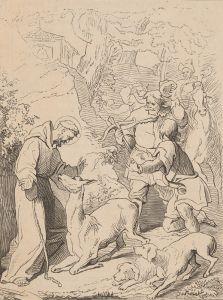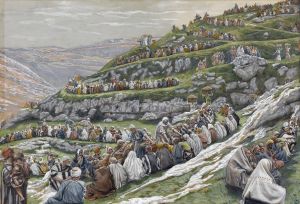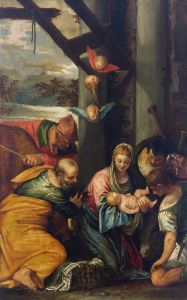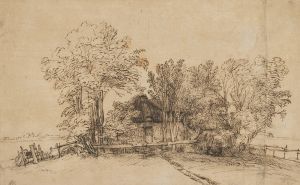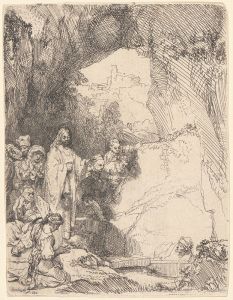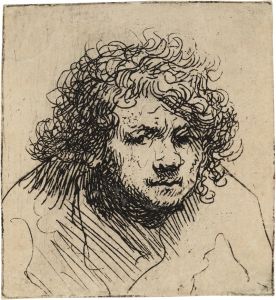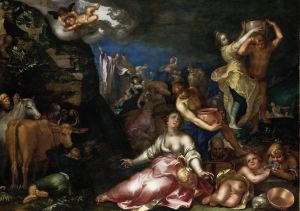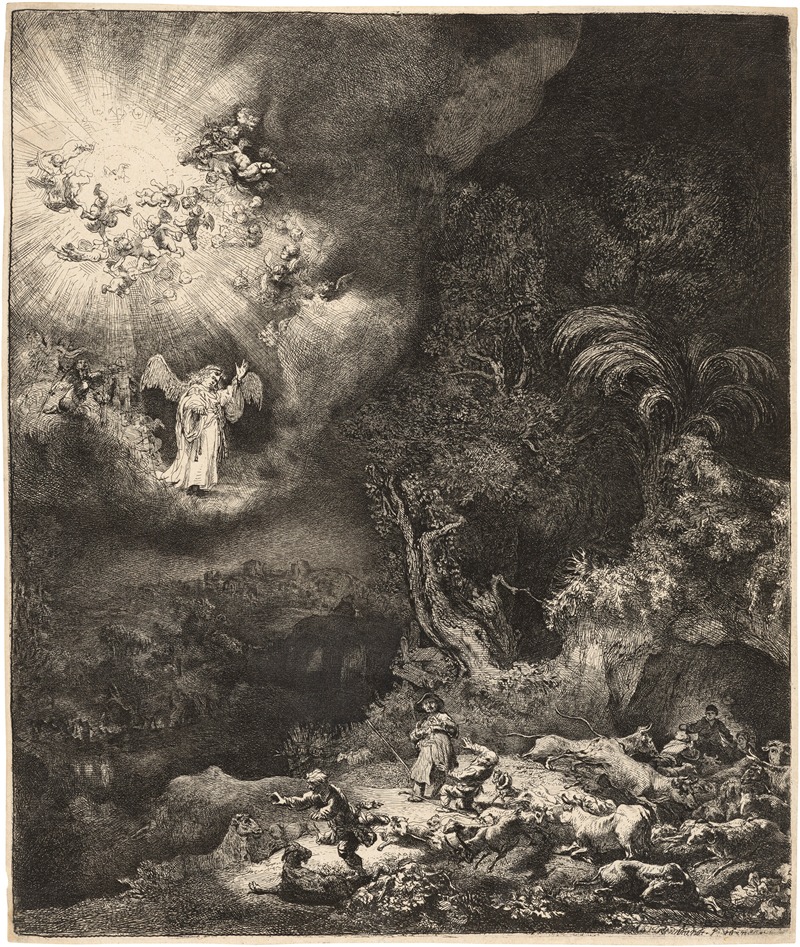
The Angel appearing to the Shepherds
A hand-painted replica of Rembrandt van Rijn’s masterpiece The Angel appearing to the Shepherds, meticulously crafted by professional artists to capture the true essence of the original. Each piece is created with museum-quality canvas and rare mineral pigments, carefully painted by experienced artists with delicate brushstrokes and rich, layered colors to perfectly recreate the texture of the original artwork. Unlike machine-printed reproductions, this hand-painted version brings the painting to life, infused with the artist’s emotions and skill in every stroke. Whether for personal collection or home decoration, it instantly elevates the artistic atmosphere of any space.
"The Angel Appearing to the Shepherds" is a notable etching created by the renowned Dutch artist Rembrandt van Rijn. This work is part of Rembrandt's extensive exploration of biblical themes, which he approached with a distinctive blend of dramatic intensity and intricate detail. The etching was completed in 1634, during a period when Rembrandt was deeply engaged in producing works that depicted scenes from the Bible, reflecting both his personal interest in religious subjects and the broader cultural context of the Dutch Golden Age, which was marked by a strong Protestant influence.
Rembrandt's etching captures the moment described in the Gospel of Luke, where an angel appears to shepherds to announce the birth of Jesus Christ. This scene is a pivotal event in the Nativity story, symbolizing the revelation of the divine to humble and ordinary people. Rembrandt's interpretation of this biblical narrative is characterized by his masterful use of chiaroscuro, a technique that employs stark contrasts between light and dark to create a sense of volume and drama. In the etching, the angel is depicted as a luminous figure, surrounded by a radiant glow that starkly contrasts with the dark, shadowy landscape where the shepherds are tending their flock.
The composition of "The Angel Appearing to the Shepherds" is dynamic and carefully constructed. The angel is positioned centrally, drawing the viewer's eye immediately to the divine messenger. The shepherds, depicted in various poses of astonishment and reverence, are arranged around the angel, their expressions and gestures conveying a range of emotions from fear to awe. Rembrandt's attention to detail is evident in the rendering of the shepherds' clothing and the naturalistic depiction of the sheep, which add to the realism and immediacy of the scene.
Rembrandt's etching technique is particularly noteworthy in this work. He employed a variety of lines and textures to achieve depth and movement, using fine lines to capture delicate details and bolder strokes to emphasize the dramatic contrasts of light and shadow. This meticulous approach not only highlights Rembrandt's technical skill but also enhances the emotional impact of the scene, drawing the viewer into the moment of divine revelation.
"The Angel Appearing to the Shepherds" is a testament to Rembrandt's ability to convey complex narratives and emotions through the medium of etching. It reflects his deep engagement with biblical stories and his skill in bringing them to life with a sense of immediacy and humanity. The work is also an example of Rembrandt's innovative use of light and shadow, which became a hallmark of his artistic style and influenced countless artists in the centuries that followed.
Today, "The Angel Appearing to the Shepherds" is regarded as one of Rembrandt's significant contributions to the art of etching, demonstrating his mastery of the medium and his profound ability to interpret and depict religious themes. The etching remains an important piece for both art historians and enthusiasts, offering insight into Rembrandt's artistic process and the cultural context of 17th-century Netherlands.





